Carrots are a common first food for little ones. Here is what you need to know about safely serving carrots to babies using a baby led weaning approach, including how to cut carrots, how to cook carrots for babies, and recipe ideas.

Carrots are often included as a first food for babies, whether spoon fed or self feeding. They are readily available and nutritious! Since carrots can be a choking hazard when served raw, it's important to prepare carrots correctly for baby led weaning so that your little one can enjoy them alongside the family. Here is how!
Jump to:

When Can Babies Eat Carrots?
As soon as babies are developmentally ready for solids, around 6 months, they can eat carrots. Carrots should be cooked until they are soft and cut appropriately for baby led weaning in order to avoid choking. See more below on exactly how to do so!
Some parents will offer a large, raw carrot to baby as a very first food for gnawing. While it's debated on whether or not this is safe, it can certainly be beneficial for developing jaw strength, though baby won't actually eat any of the carrot. If you choose to offer carrots in this way, make sure it is peeled and at least 1 inch in diameter along the whole length to avoid any accidental breaking off of pieces. And once baby starts to get teeth, avoid giving raw carrots this way.
Health Benefits of Carrots for Babies
Carrots are very nutritious! They are high in:
- Carotenoids (they give carrots their orange color), which the body converts to vitamin A, which is great for vision
- Fiber, which is good for feeding the good bacteria in the gut and for digestion
- Vitamin B6
- Biotin
- Potassium
- Antioxidants
How To Serve Carrots For Baby Led Weaning
When serving carrots for baby led weaning, they must be cooked until soft. To test the texture, you should be able to smash the carrot between your index finger and thumb. When possible, use whole carrots and not baby carrots. If using baby carrots, make sure to cut them lengthwise into sticks to eliminate the round shape.
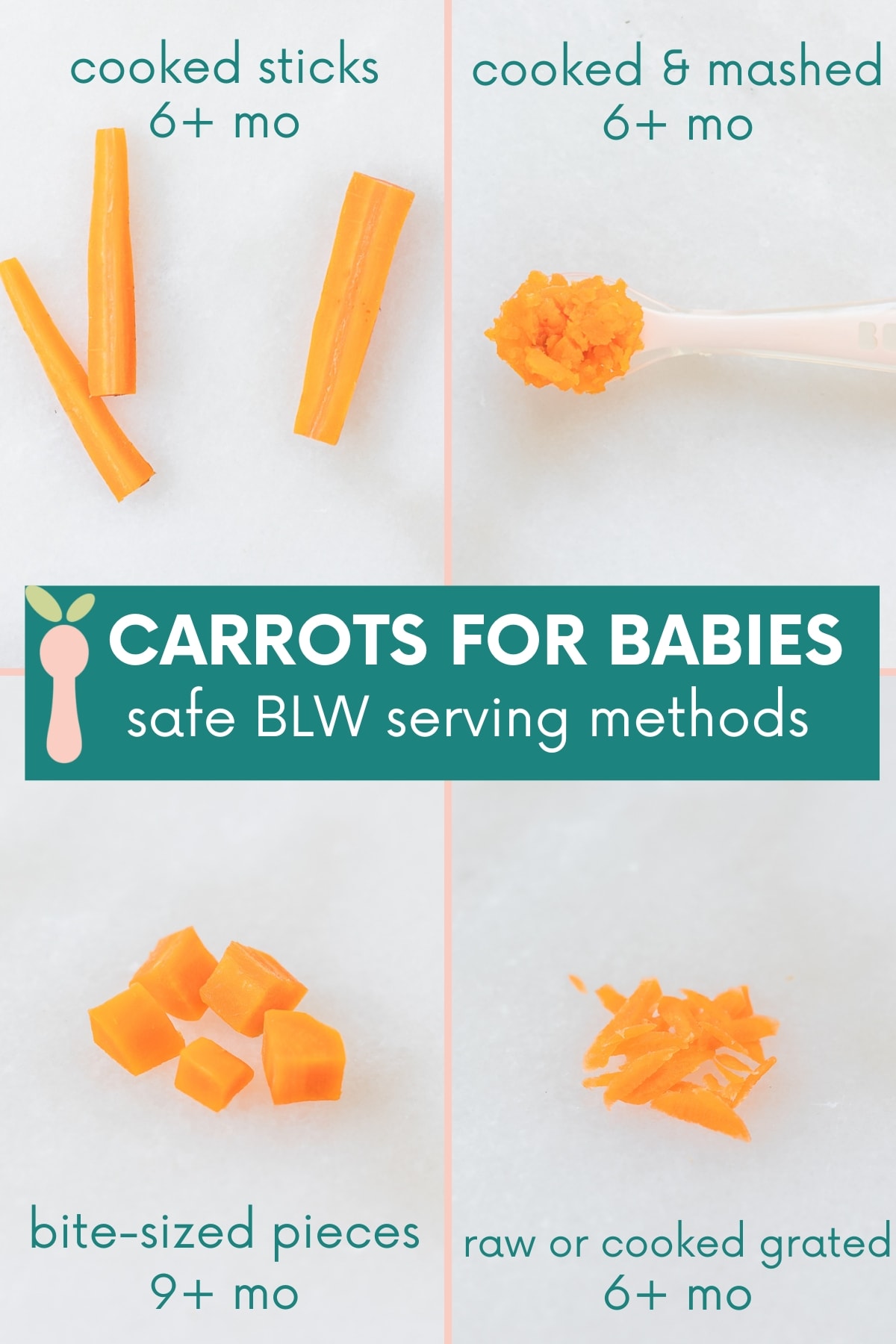
1. Cooked sticks (6+ months)
Younger babies require larger pieces they can grasp with their first (using a palmar grasp). Cut soft-cooked carrots at least the length of your finger and cut lengthwise in half or in quarters to avoid the round shape that can be a choking risk.
2. Mashed (6+ months)
If cooked carrots are already cut into small pieces and your little one doesn't yet have a pincer grasp, you can mash them and serve on a pre-loaded soft spoon, or let baby pick up the mash with his hands.
3. Bite-sized pieces (9+ months)
Once baby has developed a pincer grasp (using the index index finger and thumb), usually around 9 months, you can offer soft cooked carrots cut into small pieces, about the size of your pinky nail. Avoid cutting carrots into a round shape since 'coins' can be a choking risk.
4. Grated (6+ months)
You can also offer raw or cooked carrot grated into very fine pieces. This may be difficult for baby to pick up, but it is another safe shape for baby to practice with and the only form of raw carrot he will be able to eat at this age.
Ways to Cook Carrots For BLW
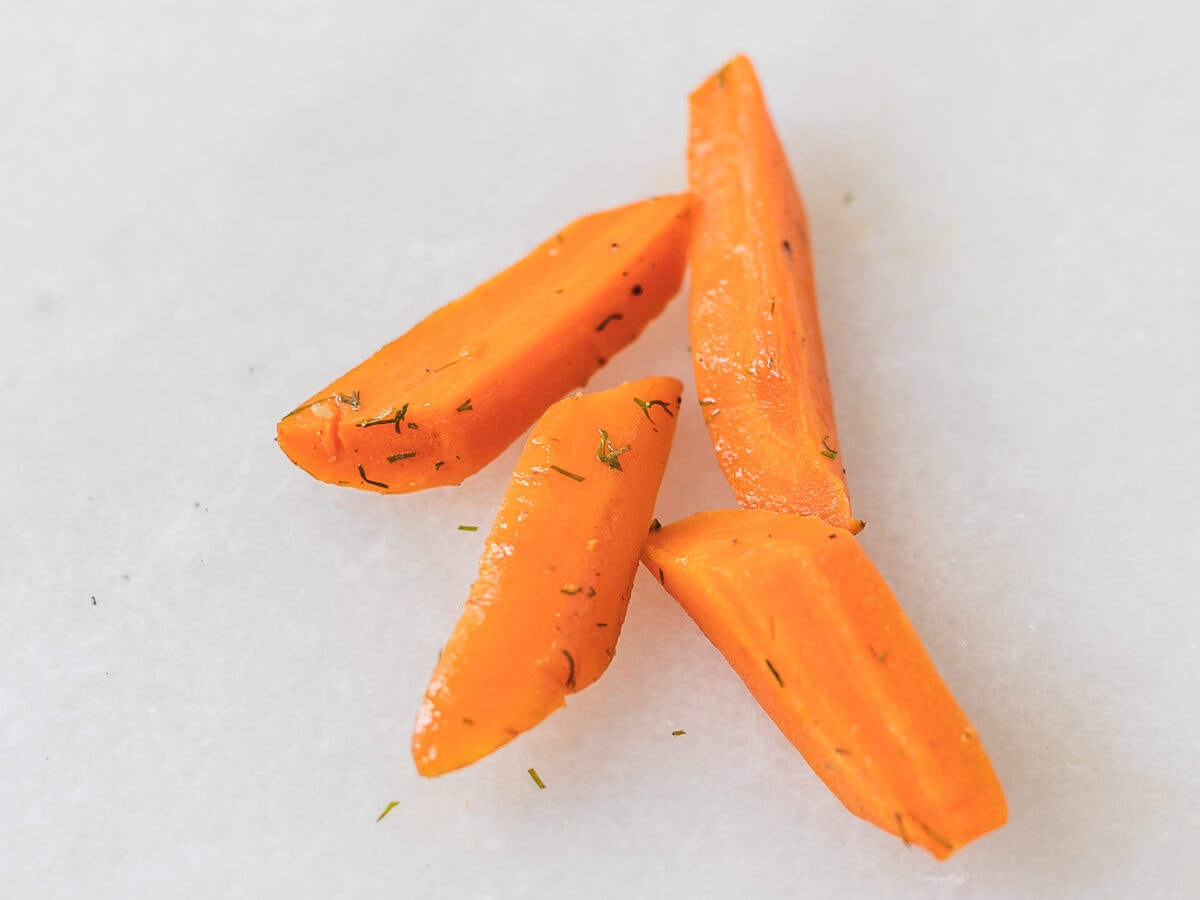
Tip: When steaming or boiling, you can flavor carrots after cooking and draining by adding a little butter or oil and tossing with any fresh or dried herbs or spices you like. Some of my favorites are chopped dill, chives, or thyme. A sprinkle of Za'atar or Ras el Hanout is also delicious!
Steam
Peel and cut carrots into sticks. Steam carrots, covered, in a steamer basket over simmering water for about 10 minutes. Check tenderness before serving to baby. Thicker carrots will take longer to become soft.
Boil
Cut carrots into appropriate shapes and boil in water or broth for 8-12 minutes, depending on thickness, until tender. Drain and flavor how you'd like.
Roast
Toss whole large carrots with olive oil and any seasonings you like and roast on a baking sheet lined with parchment at 400°F for 25-35 minutes, depending on size and freshness, until soft. Once cooked and cooled to the touch, cut into appropriate shape for baby.
Stew
When making stewed dishes, such as pot roast or soup, add carrots into the dish, making sure to cut at least a few into appropriate shapes for baby before cooking.
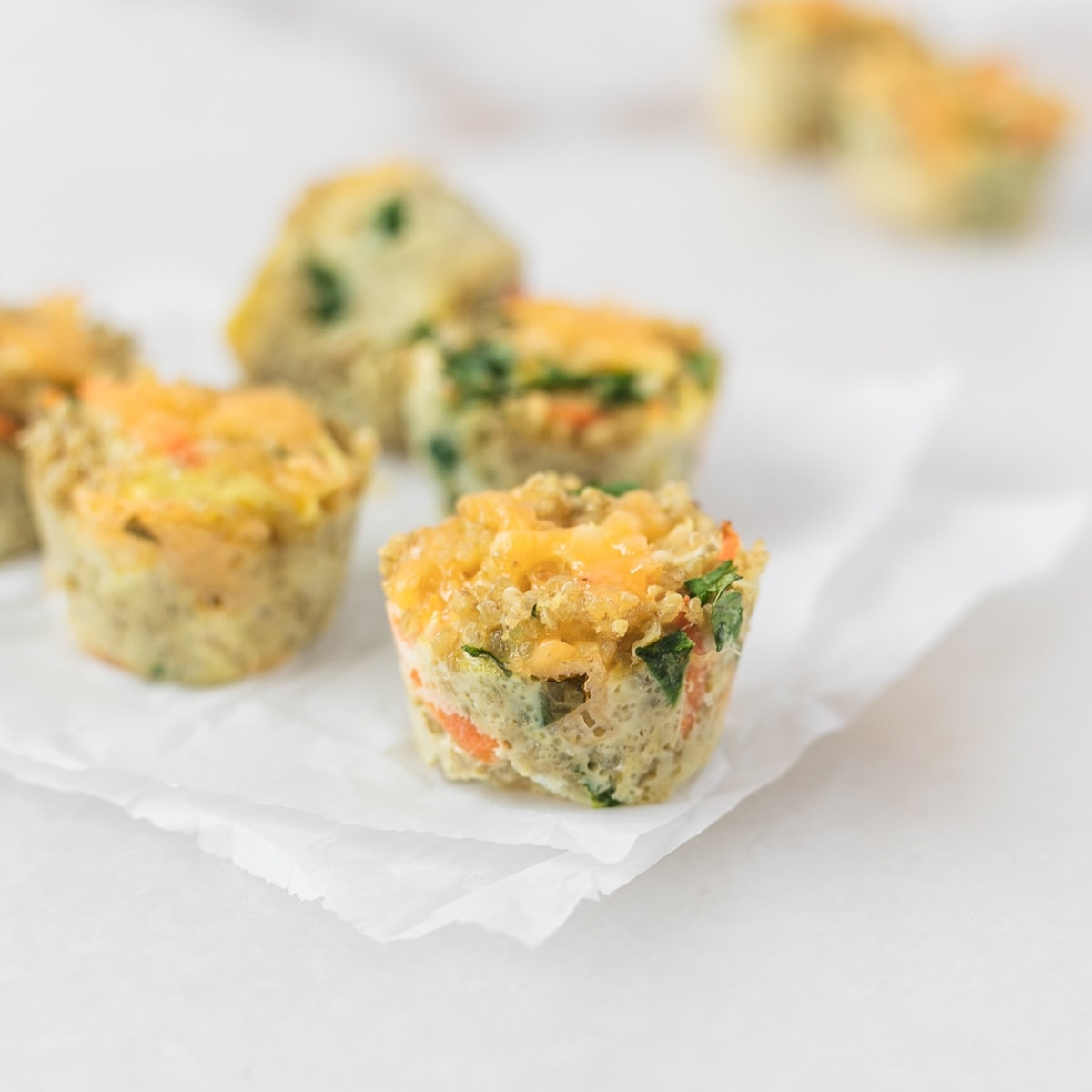
Baby Led Weaning Friendly Recipes with Carrots
- Baby Veggie Quinoa Egg Muffins (pictured)
- Carrot Apple Breakfast Cookies
- Carrot Zucchini Fritters by Mummy Musings
- No Sugar Carrots Muffins by All Natural Mothering
- Cinnamon Carrot Fries by Brooklyn Farm Girl
- Stovetop Balsamic Thyme Carrots
- Lemon Dijon Roasted Carrots by Kalefornia Kravings (omit the honey)
- Garlic Herb Roasted Potatoes, Zucchini and Carrots by Eat Well 101
- Chicken Noodle Soup (cut carrots and celery into BLW friendly shapes)
- Classic Pot Roast with Carrots and Potatoes by The Modern Proper
- One Pot Curried Chicken and Carrot Couscous by MJ and Hungryman
- Creamy Carrot Pasta by The Palatable Life (omit brown sugar)

FAQ
Yes. Because carrots are hard and round, they are a choking risk. Make sure to cook carrots until soft for babies, and avoid serving in a round shape, including baby carrots and 'coins'. Always supervise closely any time baby is eating!
No, carrots are not a common allergen.
Some parents will offer a large, raw carrot to baby as a very first food for gnawing. This can certainly be beneficial for developing jaw strength and practicing chewing, though baby won't actually eat any of the carrot. If you choose to offer carrots in this way, make sure it is peeled and at least 1 inch in diameter along the whole length to avoid any accidental breaking off of pieces. And once baby starts to get teeth, avoid giving raw carrots this way. If baby happens to break off a piece, calmly coach him to spit it out, and never stick your finger into baby's mouth with your hands.
Aside from a large, whole carrot in the early stages, it is best to wait until about 2 years of age before offering raw carrots to kids. Once you feel children are able to handle raw carrots, it is still a good idea to serve them cut into sticks, or with baby carrots cut in half lengthwise to eliminate the round shape.
Yes! Look for canned versions with no added salt, and frozen versions that are just carrots without added sauces.
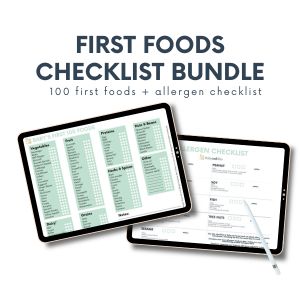


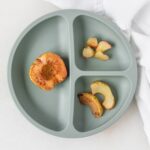








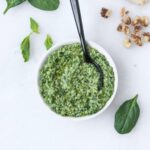

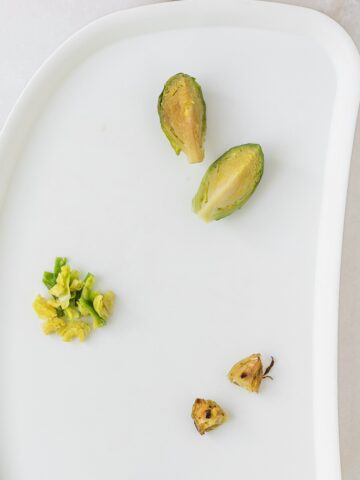
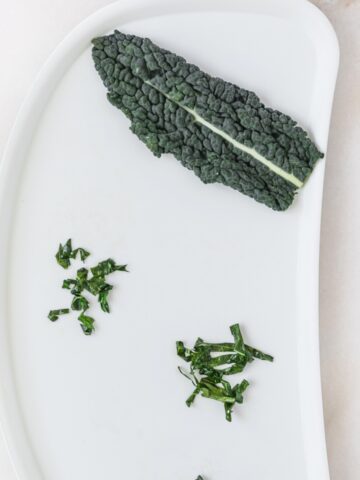
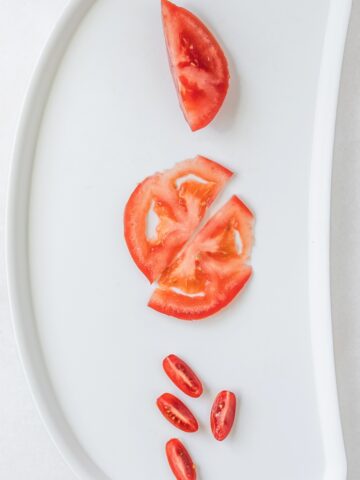
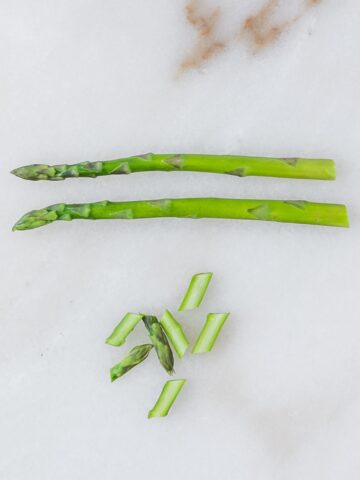
Leave a Reply